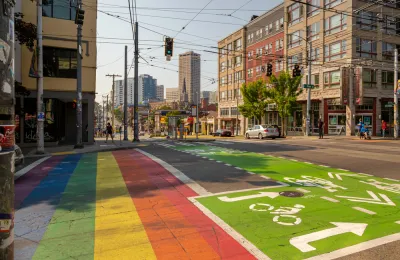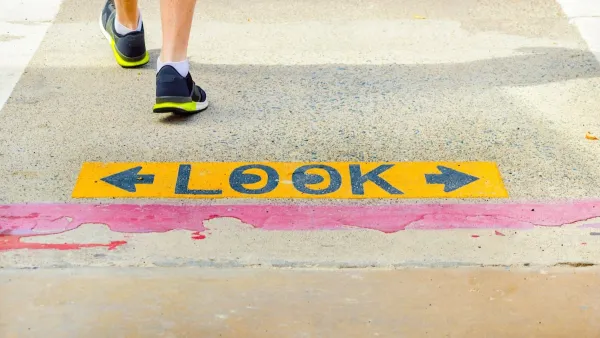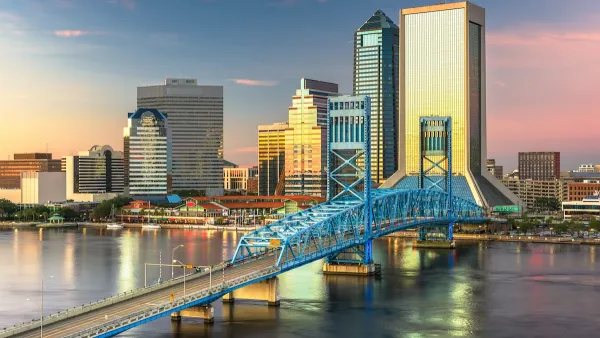The city released what it called a comprehensive review of its Vision Zero initiatives, but one critic argues the report doesn’t address some key opportunities for improving road safety.

The Urbanist’s Ryan Packer dissects the Seattle Department of Transportation (SDOT)’s recently released review of the city’s Vision Zero program. Although the city touted the report as a ‘top-to-bottom’ assessment, Packer argues that it only ‘skims the surface.’ In fact, “It focuses on a relatively narrow range of projects where the department was able to make progress on safety, and not on two larger categories: opportunities where safety improvements were ineffective, and opportunities where safety improvement were not included at all.”
“Despite all SDOT presentations starting with a rundown of the department’s vision and values, with safety near the top of the list, the report confirms many things stand in the way of safety improvements becoming fully embedded in everything that happens at the department.”
Packer details the report’s findings, which, for one, “offer a big opportunity for the general public to finally see what barriers exist to fully incorporating safety upgrades in the department’s daily work.” But Packer criticizes the report’s omission of unsuccessful projects and strategies, which could offer valuable lessons for the future.
Nevertheless, the report provides a “tidy list” of actions that SDOT may soon internalize, Packer hopes. The success of ‘rapid response’ interventions such as temporary bike lanes and safety improvements in the last year point to a way forward, if they can serve as models for broader action. Ultimately, Packer concludes, “any strategies are only going to be effective if local leaders allow SDOT to try bold things, and not reserve safety treatments to only the instances where there’s little pushback.”
FULL STORY: SDOT’s Top to Bottom Review of Vision Zero Barely Skims the Surface

Analysis: Cybertruck Fatality Rate Far Exceeds That of Ford Pinto
The Tesla Cybertruck was recalled seven times last year.

National Parks Layoffs Will Cause Communities to Lose Billions
Thousands of essential park workers were laid off this week, just before the busy spring break season.

Retro-silient?: America’s First “Eco-burb,” The Woodlands Turns 50
A master-planned community north of Houston offers lessons on green infrastructure and resilient design, but falls short of its founder’s lofty affordability and walkability goals.

Test News Post 1
This is a summary

Analysis: Cybertruck Fatality Rate Far Exceeds That of Ford Pinto
The Tesla Cybertruck was recalled seven times last year.

Test News Headline 46
Test for the image on the front page.
Urban Design for Planners 1: Software Tools
This six-course series explores essential urban design concepts using open source software and equips planners with the tools they need to participate fully in the urban design process.
Planning for Universal Design
Learn the tools for implementing Universal Design in planning regulations.
EMC Planning Group, Inc.
Planetizen
Planetizen
Mpact (formerly Rail~Volution)
Great Falls Development Authority, Inc.
HUDs Office of Policy Development and Research
NYU Wagner Graduate School of Public Service




























